Rosa 'Barbra Streisand': bluefootedbooby, CC BY SA 2.0, via Flickr @ https://www.flickr.com/photos/8318671@N07/50222827373/
Barbra Streisand The Concert: Jonathan Tommy [JCT(Loves)Streisand*], CC BY ND 2.0, via Flickr @ https://www.flickr.com/photos/23942175@N06/2305778578/
Barbra Streisand in scene from her Oscar-winning performance in "Funny Girl" (1968): Jonathan Tommy [JCT(Loves)Streisand*], CC BY ND 2.0, via Flickr @ https://www.flickr.com/photos/23942175@N06/5153493352/
"Rosa 'New Zealand' in the Rosarium Wettsteinpark in Vienna. Identified by sign.": Anna reg, CC BY-SA 3.0, via Wikimedia Commons @ https://commons.wikimedia.org/wiki/File:Rosa_New_Zealand.jpg
"Barbra Streisand in her Oscar winning role in Funny Girl. With Omar Sharrif. (1968)": Jonathan Tommy [JCT(Loves)Streisand*], CC BY ND 2.0, via Flickr @ https://www.flickr.com/photos/23942175@N06/5152886443/
On Nov. 8, 1946, one year seven and one-half months after her March 15, 1945, Academy Award for Gaslight (1944), Swedish actress Ingrid Bergman pins a corsage on First Lady Bess Truman in a Community Chest Awards Ceremony at the White House
detail of Nov. 8, 1945, photo by Abbie Rowe (Aug. 23, 1905-April 17, 1967); National Archives Identifier (NAID) 199441: National Archives and Records Administration (NARA), Unrestricted Use, via Wikimedia Commons @ https://commons.wikimedia.org/wiki/File:Photograph_of_actress_Ingrid_Bergman_pinning_a_corsage_on_First_Lady_Bess_Truman,_who_received_a_community_chest..._-_NARA_-_199441_(cropped).jpg
Rain on Rosa 'Ingrid Bergman', National Botanic Gardens of Ireland, Glasnevin: Miguel Mendez from Malahide, Ireland, CC BY 2.0, via Wikimedia Commons @ https://commons.wikimedia.org/wiki/File:Rosa_Ingrid_Bergman_(7376469430).jpg
1885 painting by Félix Auguste Clément (May 20, 1826-Feb. 2, 1888): Public Domain, via Wikimedia Commons @ https://commons.wikimedia.org/wiki/File:Clement-Frederic-Mistral.jpg
Rosarium Uetersen, State of Schleswig-Holstein, northern Germany: Huhu Uet, Public Domain, via Wikimedia Commons @ https://en.wikipedia.org/wiki/File:Frederic_Mistral_(1993).JPG
"Madame A.Meilland": Hobbykafe, CC BY-SA 3.0, via Wikimedia Commons @ https://en.wikipedia.org/wiki/File:Rose.A.Mailend1.jpg
Orticola 2010, Giardini Pubblici Indro Montanelli ("Indro Montanelli Public Gardens"), Milan, Lombardy, northwestern Italy: Paola Sucato (ci_polla), CC BY 2.0, via Flickr @ https://www.flickr.com/photos/ci_polla/4585204514/
CD cover image, cropped photo of Barbra at front door of Main House on her Malibu property, My Passion for Design (2010), page 249: Jonathan Tommy (JCT [Loves] Streisand), CC BY-ND 2.0, via Flickr @ https://www.flickr.com/photos/23942175@N06/6081429692/
Tuesday, Jan. 15, 2013: lifescript, CC BY 2.0, via Flickr @ https://www.flickr.com/photos/35560790@N03/8411166353/; via Wikimedia Commons @ https://commons.wikimedia.org/wiki/File:Barbra_Streisand_and_James_Brolin.jpg


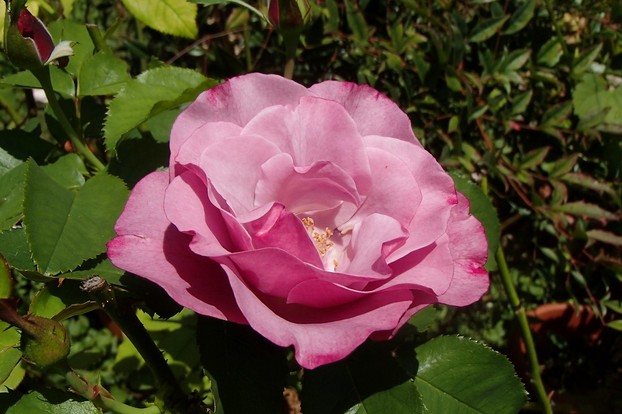
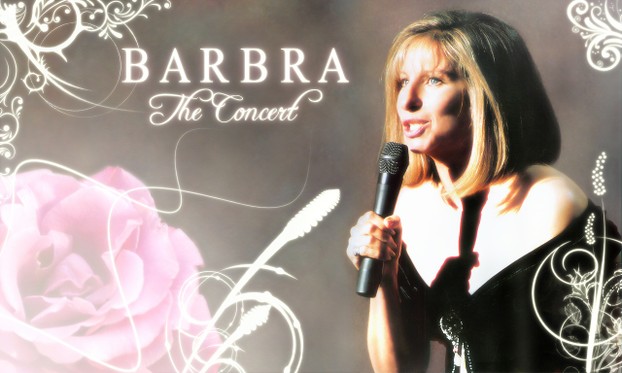
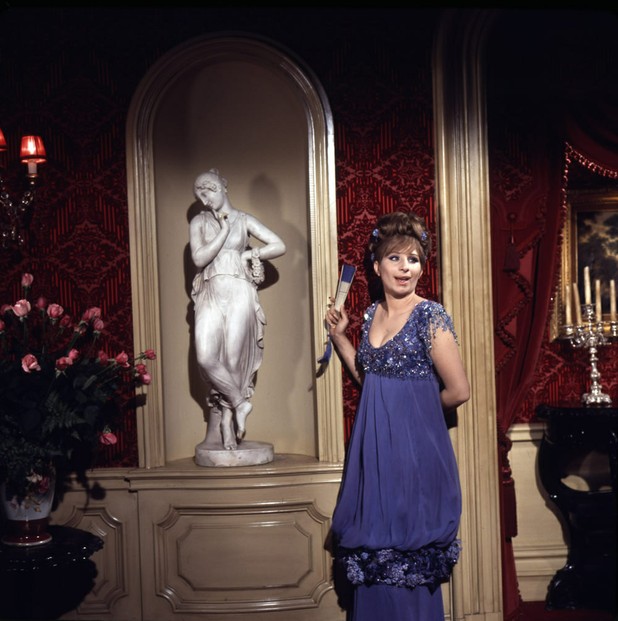
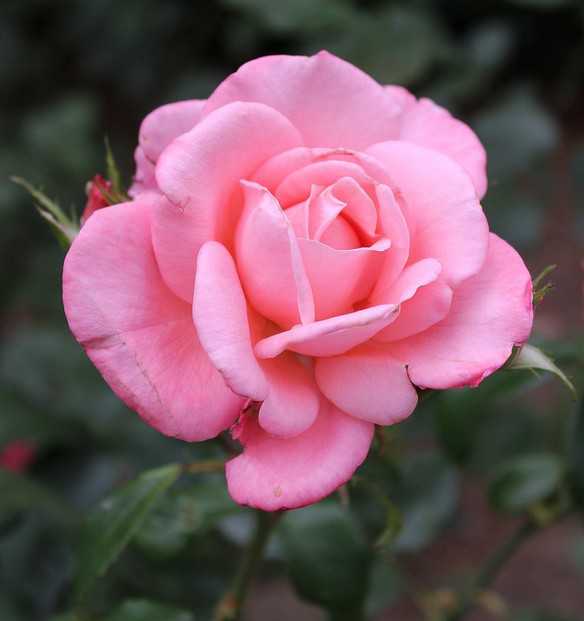
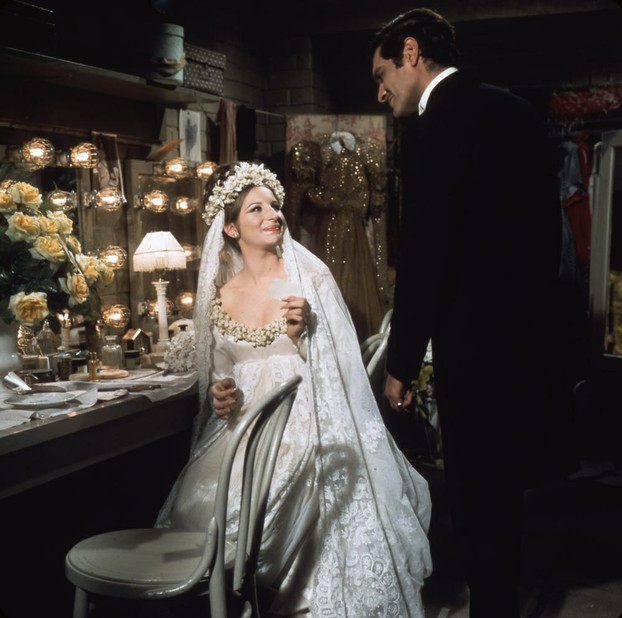
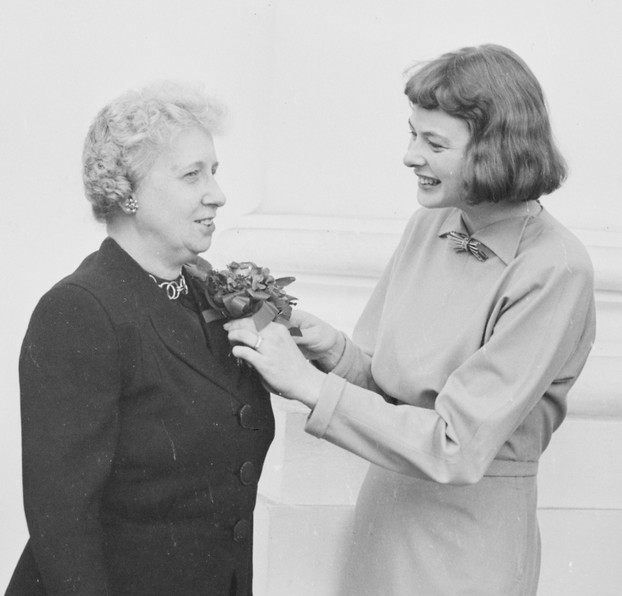
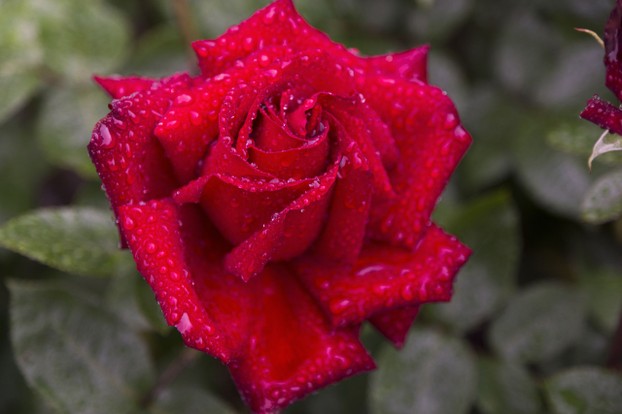
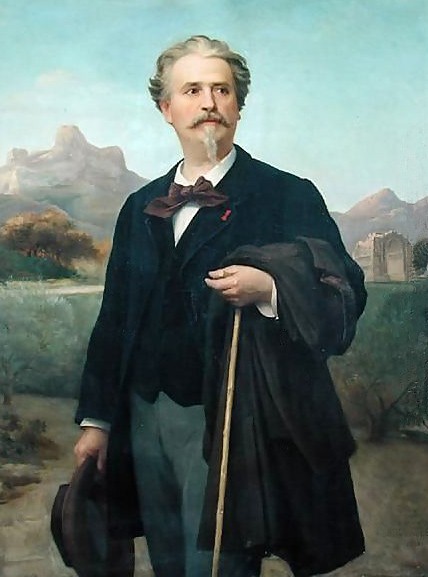
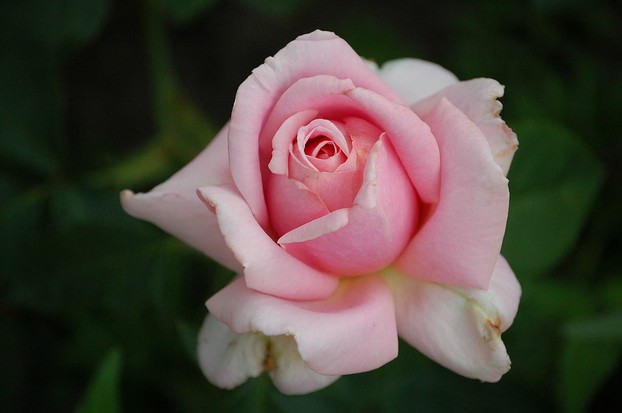
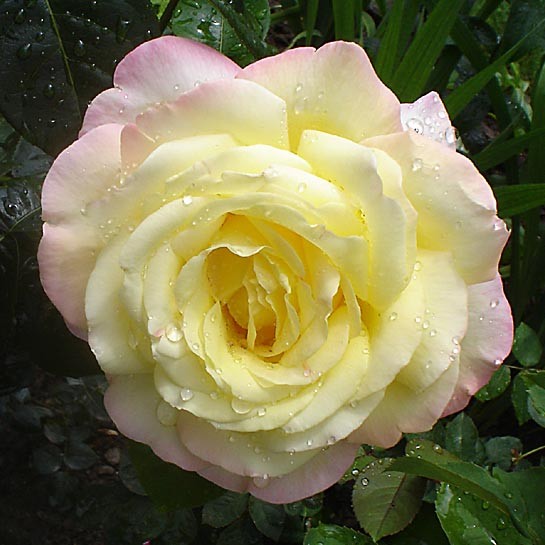
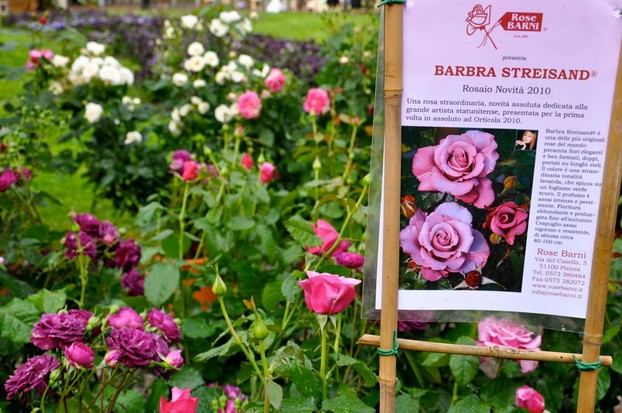
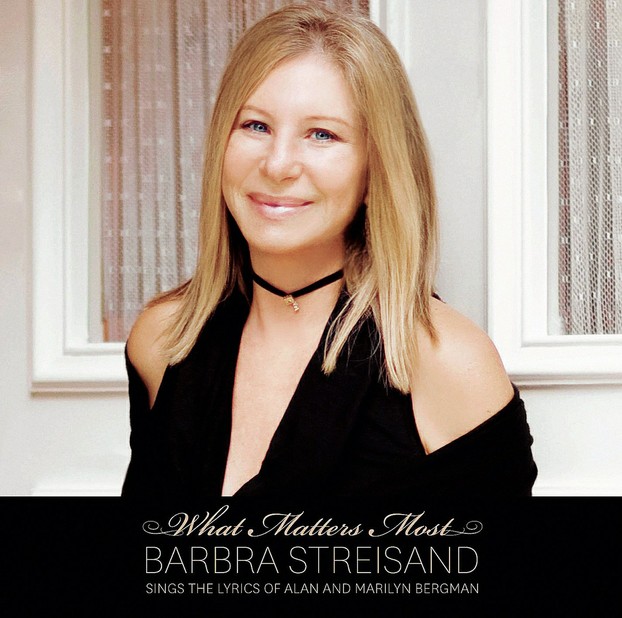
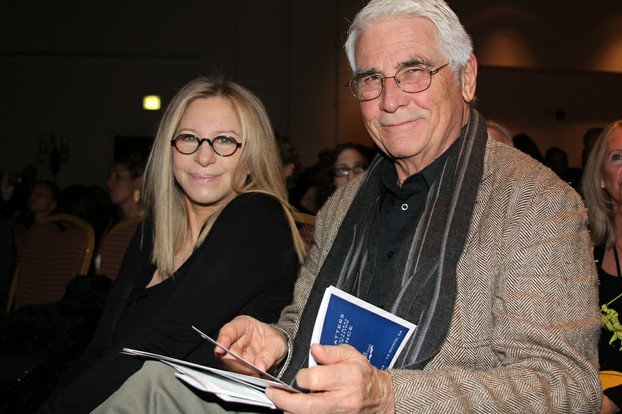






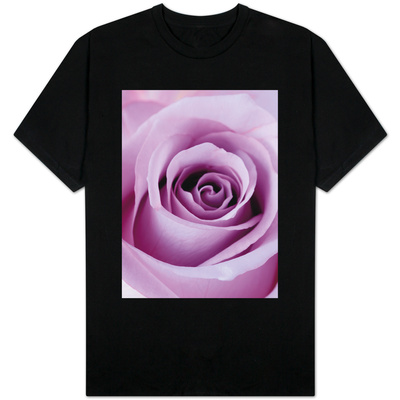



 Mailing Addresses for 2023 Form 4868 Extending 1040 and 1040SR April 15, 2024, Due Date16 days ago
Mailing Addresses for 2023 Form 4868 Extending 1040 and 1040SR April 15, 2024, Due Date16 days ago
 Mailing Addresses for 2023 Forms 1040 and 1040SR Filed in 202416 days ago
Mailing Addresses for 2023 Forms 1040 and 1040SR Filed in 202416 days ago
 Mailing Addresses for 2022 Form 4868 Extending 1040 and 1040SR April 18, 2023, Due Dateon 04/13/2023
Mailing Addresses for 2022 Form 4868 Extending 1040 and 1040SR April 18, 2023, Due Dateon 04/13/2023
 Mailing Addresses for 2022 Forms 1040 and 1040SR Filed in 2023on 04/13/2023
Mailing Addresses for 2022 Forms 1040 and 1040SR Filed in 2023on 04/13/2023

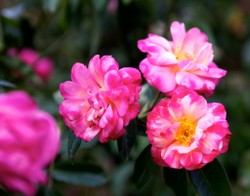
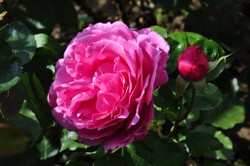
Comments
poutine, Yes, Barbra has been married to James Brolin since 1998! Among other shared interests, they both have a passion for architecture. James was raised in the construction business; his father, Henry Hurst Bruderlin, was a building contractor.
cmoneyspinner, There is a lot about Barbra Streisand which is not known. It seems that worthy causes which are dear to her, such as heart disease, are on a quiet, steady course, far from the madding crowd, to assure results rather than to seek the limelight.
Thank you for visiting Barbra's rose garden and commenting.
Well I have learned a lot about Barbara Streisand that I did not know.